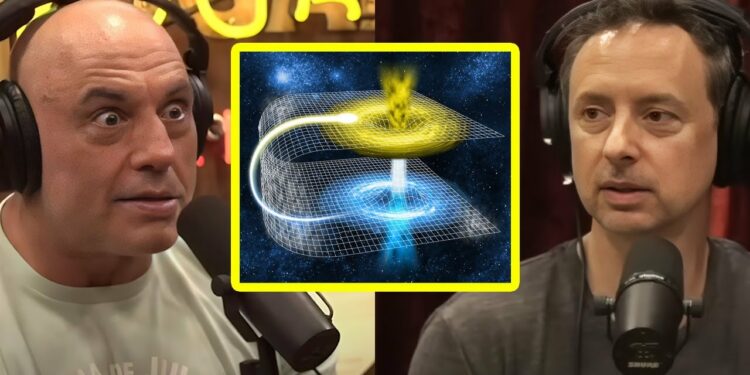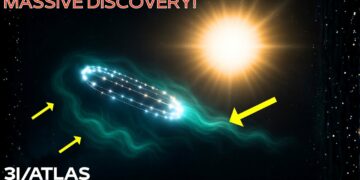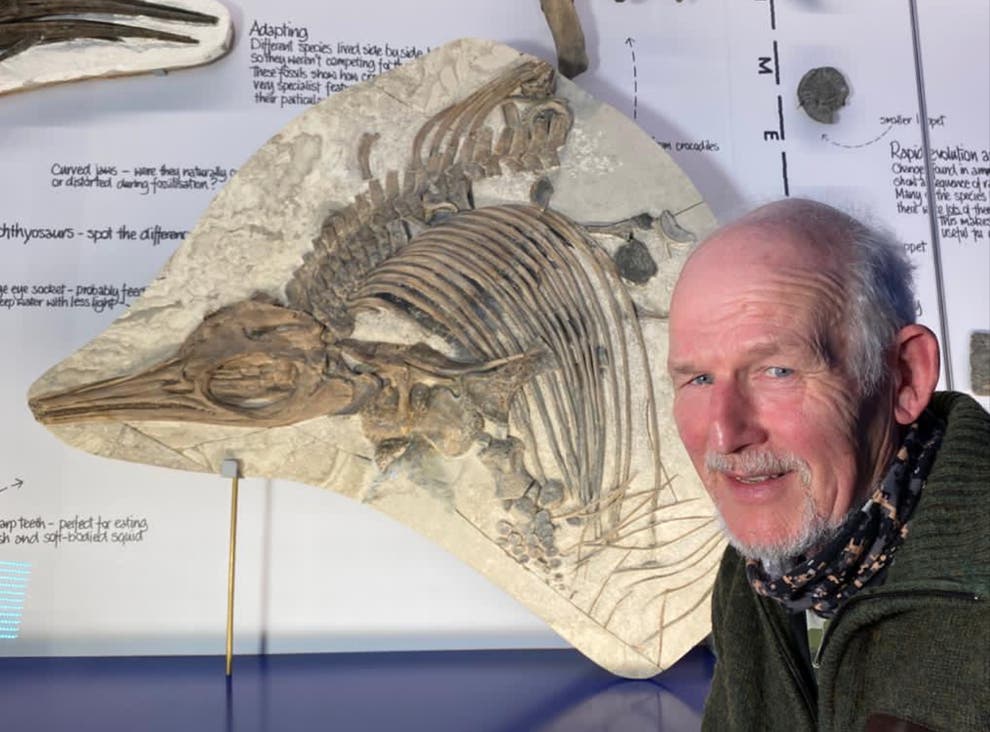Dr. Harold G. “Sonny” White, a pioneer in warp drive research and former NASA specialist, has announced a groundbreaking discovery: the identification of a real-world warp bubble. According to White, this unprecedented achievement by the Limitless Space Institute marks a significant milestone for those working to develop a full-scale, warp-capable spacecraft. The team’s detailed numerical analysis of custom Casimir cavities enabled them to identify a manufacturable nano/microstructure predicted to generate a negative vacuum energy density, resulting in an actual nanoscale warp bubble—not a simulation, but the real phenomenon. White emphasized that this does not mean a fully functional warp drive is imminent, as significant scientific advancements are still required. However, this discovery reframes the challenge of space exploration, particularly the issue of vast distances and travel time.
For instance, human missions to Mars are estimated to take 180 to 220 days. Sending humans to Saturn within a similar timeframe—around 200 days—requires energy levels an order of magnitude greater than those needed to launch a payload from Earth to low Earth orbit. Chemical propulsion systems are inadequate for such missions. This limitation highlights the need for innovative propulsion solutions, such as nuclear electric propulsion, which combines a nuclear reactor (fissioning uranium to produce energy) with electric propulsion systems. These systems are far more efficient than chemical propulsion, potentially enabling human missions to Saturn or even throughout the solar system.
White’s work also draws inspiration from concepts like those in the film Event Horizon, where propulsion involves folding space to connect distant points, allowing near-instantaneous travel. This idea stems from Einstein’s theory of general relativity, which describes space and time as a flexible “sheet” that can be warped by matter and energy. For example, the Sun warps space-time, causing objects to orbit or light to bend around it. Similarly, a warp drive, such as the theoretical Alcubierre drive, would compress space ahead of a spacecraft and expand it behind, creating a warp bubble that moves the craft without violating relativity’s light-speed limit.
The Alcubierre drive, proposed by physicist Miguel Alcubierre in 1994, requires exotic matter with negative energy density to sustain the warp bubble—a substance not yet observed in nature. However, recent advancements at NASA’s Eagleworks Laboratory, led by Dr. White, leverage the Casimir effect, where negative energy density is created between closely spaced plates in a vacuum. By scaling this effect and manipulating quantum vacuum fluctuations, researchers aim to generate the conditions needed for a warp bubble. Additionally, advancements in plasma physics and electromagnetic propulsion, such as the Variable Specific Impulse Magnetoplasma Rocket (VASIMR), inform the design of this “light-speed engine.” Antimatter, which releases vast energy when annihilated with matter, is another potential power source, though its production and storage remain significant challenges.
The implications of this technology are profound. Interstellar travel to nearby stars like Proxima Centauri (4.24 light-years away) could become feasible within years rather than millennia, revolutionizing our ability to explore exoplanets and search for extraterrestrial life. It could also address earthly challenges like resource scarcity and overpopulation by enabling colonies on habitable exoplanets. However, significant hurdles remain, including developing materials to withstand extreme conditions, generating sufficient energy, and addressing ethical concerns like planetary protection and the impact of colonization.
Beyond propulsion, the concept of a “simulation point” raises philosophical questions about reality. Some, like Dr. White, speculate we may already exist within a simulation, akin to a massively multiplayer video game. This idea, explored in academic settings like Arizona State University, distinguishes between non-player characters (NPCs, AI-driven entities) and role-playing game (RPG) scenarios, where humans might exist outside the simulation, controlling avatars within it. This theory intersects with discussions of advanced technologies, such as brain-computer interfaces (e.g., Neuralink), which could create virtual realities indistinguishable from physical reality.
The development of a light-speed engine also prompts ethical considerations, such as how to approach potential extraterrestrial life or colonize new worlds responsibly. Historical lessons from Earth’s colonial past underscore the need for equitable and sustainable exploration. International collaboration will be crucial, as no single entity can tackle the immense challenges alone. Public engagement and education will also play a vital role in sustaining momentum for this transformative endeavor.
Speculative future missions include searching for life on exoplanets, establishing interstellar colonies, and exploring cosmic phenomena like black holes. These missions could redefine humanity’s understanding of the universe and our place within it. As Carl Sagan noted, “We are made of star stuff.” With the light-speed engine, humanity is poised to answer the stars’ call, embarking on a journey filled with wonder, discovery, and the promise of a brighter future.























